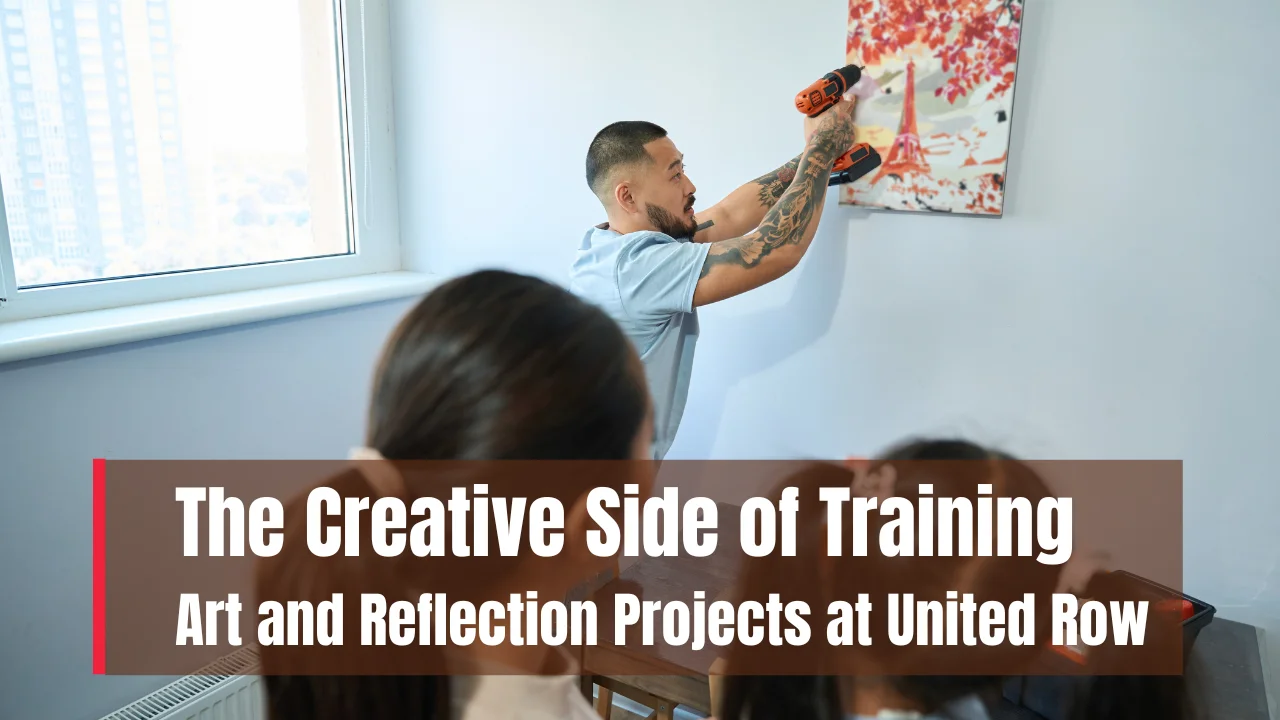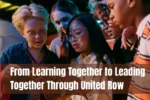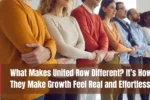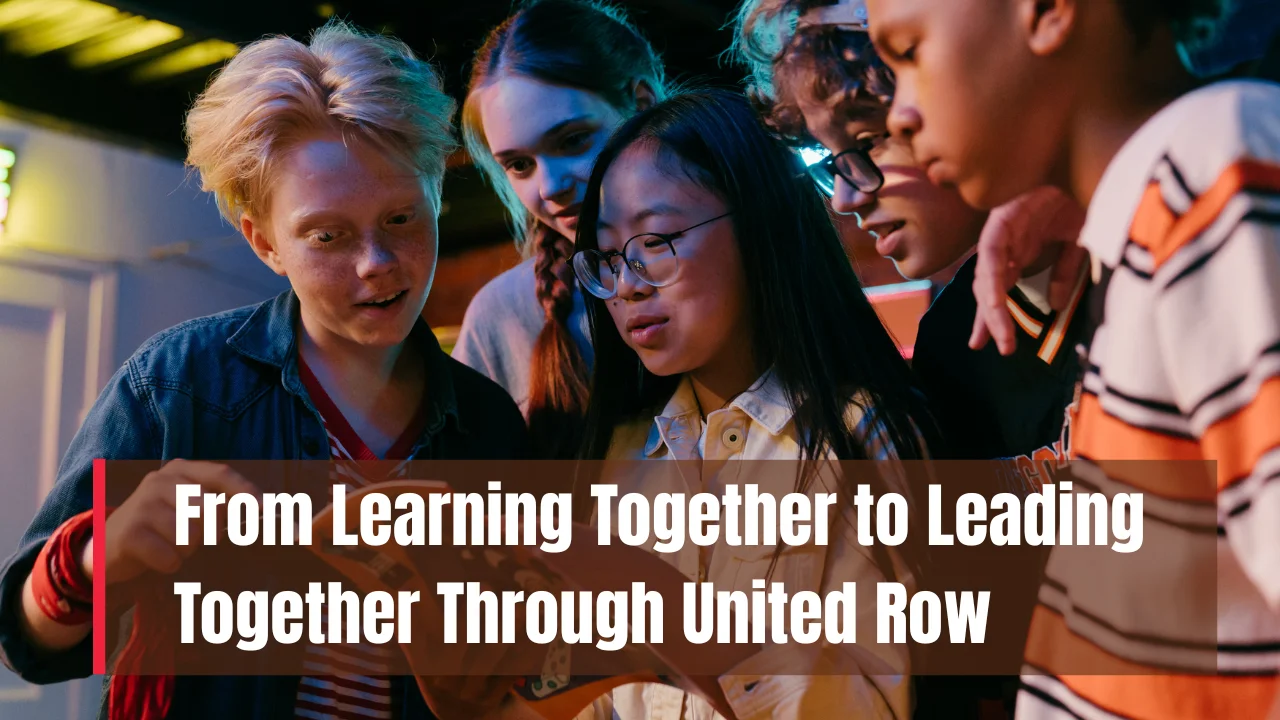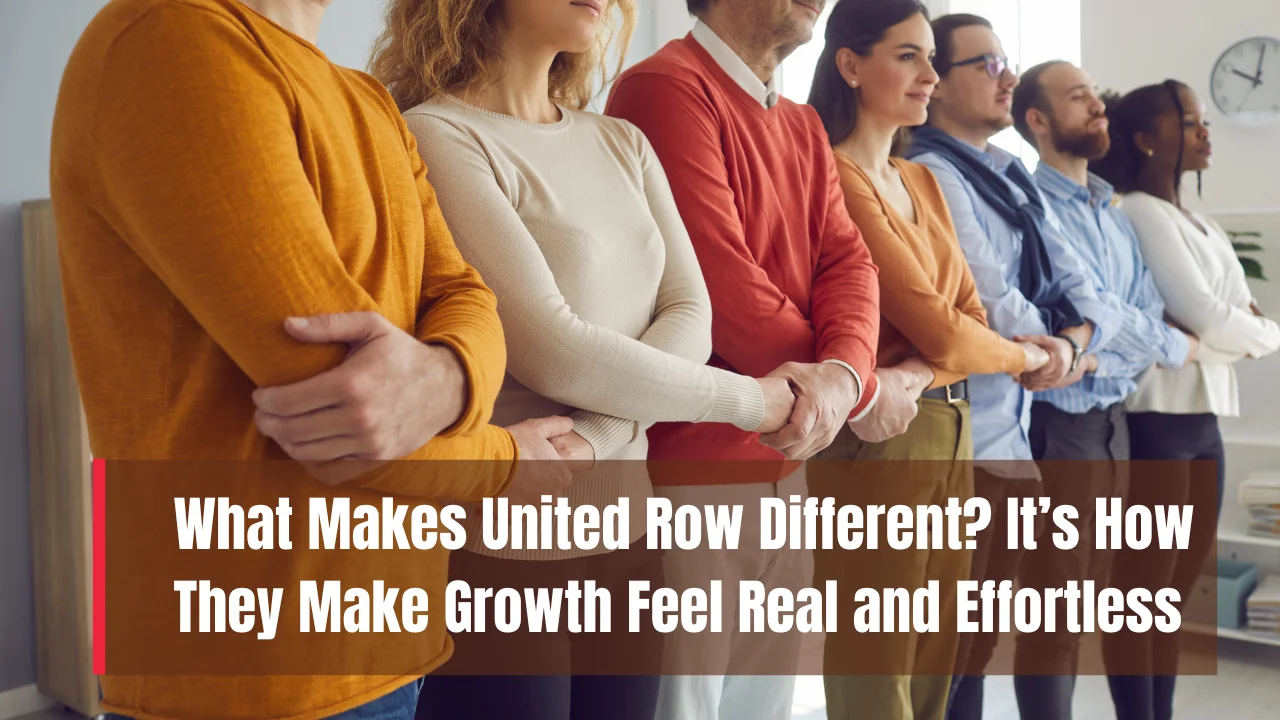The Creative Side of Training: Art and Reflection Projects are transforming how people learn, grow, and connect in training environments. At United Row, these creative practices aren’t just side activities; they’re woven into the heart of every program. Instead of relying only on lectures or traditional training techniques, participants are encouraged to express, explore, and reflect in artistic ways that reveal deeper layers of understanding.
This article uncovers how United Row uses creativity to enrich personal and group development. We’ll look into how Art and Reflection Projects improve emotional intelligence, strengthen self-awareness, and deepen connections among participants. From hands-on experiences to lasting emotional growth, we’ll break down why this unique training approach is gaining attention.
The Power of Art and Reflection Projects in Training
Art and Reflection Projects at United Row serve as a bridge between learning and self-discovery. These creative exercises are designed not just to educate but to invite a deeper, more personal connection to the training process. When trainees engage in creative tasks, they shift from passive listeners to active participants. Art becomes a tool to process emotions, reflect on challenges, and document personal transformation. Whether it’s through drawing, journaling, or storytelling, each project helps unlock insights that words alone often cannot reach.
Overview Table
| Aspect | Description |
| Training Focus | Personal development and group connection through creativity |
| Project Types | Collages, journaling, visual timelines, emotion-based drawings |
| Participant Goals | Explore self, build awareness, and connect with others |
| Key Benefits | Boosts reflection, emotional intelligence, and memory retention |
| Used In | Team training, leadership development, emotional wellness programs |
| Frequency | Integrated regularly throughout sessions |
| Outcome | Improved communication, empathy, and growth mindset |
| Tools Used | Paper, markers, magazines, journals, paints, masks |
The Role of Art in Training
At United Row, art plays a central role in how participants engage with their learning journey. It’s not about painting perfect pictures but about using creative forms to express thoughts and feelings that often go unspoken. When participants work on Art and Reflection Projects, they gain a deeper understanding of their emotions and actions. This artistic lens helps them view their experiences from different perspectives.
Creative training methods help break down emotional walls. In group settings, art allows individuals to share parts of themselves they might otherwise hide. These moments of vulnerability build stronger team bonds and create an atmosphere of empathy and trust. This emotional openness encourages honest conversations and stronger personal growth throughout the training process.
Reflection as a Learning Tool
Reflection is more than just thinking back on experiences; it’s about making sense of them. Through Art and Reflection Projects, United Row turns reflection into a dynamic and engaging process. Instead of using only verbal discussion, reflection is expressed through color, shape, and image, which often reveals deeper truths and more authentic stories.
This kind of reflective practice supports long-term learning. When people reflect creatively, they’re more likely to remember what they’ve learned and apply it in real life. It fosters critical thinking and helps participants develop a stronger sense of purpose and direction. In this way, reflection becomes a lasting habit, not just a one-time activity.
How United Row Implements Creative Projects
The way United Row introduces Art and Reflection Projects into its programs is thoughtful and intentional. These projects are not random or superficial—they are designed to align with the themes of the training sessions. Whether the focus is on leadership, communication, or personal resilience, the creative tasks mirror those goals.
For example, after an intense session on team conflict or personal growth, participants may be asked to create a visual timeline of their journey. This helps them see their growth and identify recurring patterns. Other times, participants may be invited to build a collage using magazine cutouts that represent their values, fears, or aspirations.
Each project ends with a chance to share insights, either in small groups or quietly within journals. This process deepens understanding and reinforces the learning in a meaningful way.
Benefits of Art and Reflection in Training
Using Art and Reflection Projects brings a variety of benefits that make training more effective and impactful. These projects offer more than just a creative outlet; they transform the entire learning environment. Below are some core benefits seen at United Row:
- Emotional Connection: Art creates space for emotional expression, helping participants deal with complex feelings.
- Deeper Learning: Visual and creative expression makes information more memorable and easier to internalize.
- Stronger Group Dynamics: Sharing creative work increases trust, vulnerability, and group cohesion.
- Self-Awareness: Participants gain clearer insight into their behavior, choices, and growth.
- Increased Engagement: Creative formats keep energy levels high and minds open throughout the training experience.
Key Creative Exercises Used at United Row
1. Guided Journaling with Visual Prompts
Participants are given a series of abstract images or shapes and asked to respond with free-flowing thoughts in a journal. This method is not only relaxing but helps participants explore thoughts that might stay hidden in a traditional setting.
2. Identity Masks
Using blank masks, participants decorate two sides: one that shows what they present to the world and another that reflects how they feel inside. This emotional and symbolic exercise often sparks powerful conversations about identity and vulnerability.
Why Creative Training Matters
The modern workplace requires more than just technical skills. Teams need emotional intelligence, creative thinking, and strong communication. Art and Reflection Projects provide a fresh and meaningful way to develop these soft skills. Unlike rigid training models, United Row’s creative approach allows for personal transformation.
In addition to boosting individual growth, creative training also prepares teams to function with empathy and clarity. It nurtures a growth mindset, helping people embrace feedback, reflect on challenges, and keep evolving. This makes United Row’s programs not just informative, but truly transformative.
Final Thoughts
The beauty of Art and Reflection Projects lies in their simplicity and depth. These aren’t just arts and crafts—they’re tools for real emotional exploration and development. United Row has shown that creativity can unlock doors that traditional training leaves closed. When people reflect creatively, they learn not just about the topic, but about themselves.
If you’re looking to introduce more meaningful, emotionally rich training into your team or personal development journey, it’s time to think beyond the usual. Consider how adding reflection and creativity could transform the way you grow and learn. Feel free to share your thoughts or ask about implementing creative training methods in your own setting. And while you’re here, take a moment to explore your personal growth horoscope or dive into more articles about reflective learning and emotional intelligence.
FAQs
Yes, they are highly effective for teams. These projects build communication, trust, and emotional insight in professional settings.
That’s completely fine. The goal is expression, not artistic skill. Everyone can participate at their own level of comfort.
Most activities can be completed in 30 to 60 minutes, depending on the depth of reflection and group size.
Absolutely. Many of the exercises like journaling and collage-making can be adapted for virtual sessions.
You can expect better engagement, deeper personal insight, stronger team dynamics, and more lasting impact from your sessions.
